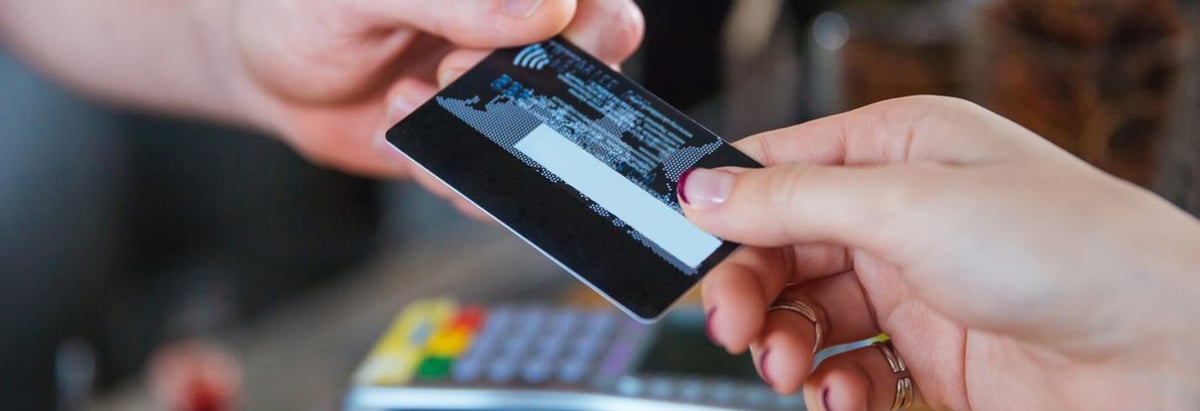Stock Analysis
- Japan
- /
- Consumer Finance
- /
- TSE:8585
Public companies invested in Orient Corporation (TSE:8585) copped the brunt of last week's JP¥10b market cap decline

Key Insights
- The considerable ownership by public companies in Orient indicates that they collectively have a greater say in management and business strategy
- A total of 2 investors have a majority stake in the company with 66% ownership
- 12% of Orient is held by Institutions
If you want to know who really controls Orient Corporation (TSE:8585), then you'll have to look at the makeup of its share registry. The group holding the most number of shares in the company, around 67% to be precise, is public companies. That is, the group stands to benefit the most if the stock rises (or lose the most if there is a downturn).
And following last week's 6.6% decline in share price, public companies suffered the most losses.
In the chart below, we zoom in on the different ownership groups of Orient.
See our latest analysis for Orient
What Does The Institutional Ownership Tell Us About Orient?
Many institutions measure their performance against an index that approximates the local market. So they usually pay more attention to companies that are included in major indices.
As you can see, institutional investors have a fair amount of stake in Orient. This suggests some credibility amongst professional investors. But we can't rely on that fact alone since institutions make bad investments sometimes, just like everyone does. If multiple institutions change their view on a stock at the same time, you could see the share price drop fast. It's therefore worth looking at Orient's earnings history below. Of course, the future is what really matters.
We note that hedge funds don't have a meaningful investment in Orient. Our data shows that Mizuho Financial Group, Inc. is the largest shareholder with 50% of shares outstanding. With 17% and 4.4% of the shares outstanding respectively, ITOCHU Corporation and Banks' Shareholdings Purchase Corporation, Asset Management Arm are the second and third largest shareholders.
A more detailed study of the shareholder registry showed us that 2 of the top shareholders have a considerable amount of ownership in the company, via their 66% stake.
While it makes sense to study institutional ownership data for a company, it also makes sense to study analyst sentiments to know which way the wind is blowing. There is some analyst coverage of the stock, but it could still become more well known, with time.
Insider Ownership Of Orient
While the precise definition of an insider can be subjective, almost everyone considers board members to be insiders. Management ultimately answers to the board. However, it is not uncommon for managers to be executive board members, especially if they are a founder or the CEO.
Insider ownership is positive when it signals leadership are thinking like the true owners of the company. However, high insider ownership can also give immense power to a small group within the company. This can be negative in some circumstances.
Our data suggests that insiders own under 1% of Orient Corporation in their own names. However, it's possible that insiders might have an indirect interest through a more complex structure. It has a market capitalization of just JP¥143b, and the board has only JP¥665m worth of shares in their own names. Many tend to prefer to see a board with bigger shareholdings. A good next step might be to take a look at this free summary of insider buying and selling.
General Public Ownership
The general public-- including retail investors -- own 19% stake in the company, and hence can't easily be ignored. While this group can't necessarily call the shots, it can certainly have a real influence on how the company is run.
Public Company Ownership
It appears to us that public companies own 67% of Orient. It's hard to say for sure but this suggests they have entwined business interests. This might be a strategic stake, so it's worth watching this space for changes in ownership.
Next Steps:
It's always worth thinking about the different groups who own shares in a company. But to understand Orient better, we need to consider many other factors. Be aware that Orient is showing 3 warning signs in our investment analysis , and 1 of those is potentially serious...
Ultimately the future is most important. You can access this free report on analyst forecasts for the company.
NB: Figures in this article are calculated using data from the last twelve months, which refer to the 12-month period ending on the last date of the month the financial statement is dated. This may not be consistent with full year annual report figures.
New: AI Stock Screener & Alerts
Our new AI Stock Screener scans the market every day to uncover opportunities.
• Dividend Powerhouses (3%+ Yield)
• Undervalued Small Caps with Insider Buying
• High growth Tech and AI Companies
Or build your own from over 50 metrics.
Have feedback on this article? Concerned about the content? Get in touch with us directly. Alternatively, email editorial-team (at) simplywallst.com.
This article by Simply Wall St is general in nature. We provide commentary based on historical data and analyst forecasts only using an unbiased methodology and our articles are not intended to be financial advice. It does not constitute a recommendation to buy or sell any stock, and does not take account of your objectives, or your financial situation. We aim to bring you long-term focused analysis driven by fundamental data. Note that our analysis may not factor in the latest price-sensitive company announcements or qualitative material. Simply Wall St has no position in any stocks mentioned.
About TSE:8585
Orient
Provides consumer finance services in Japan.

